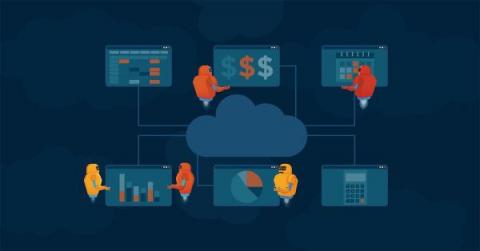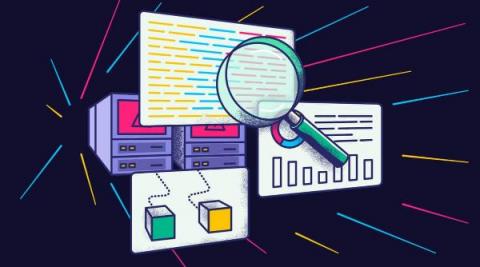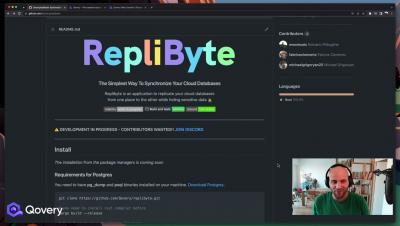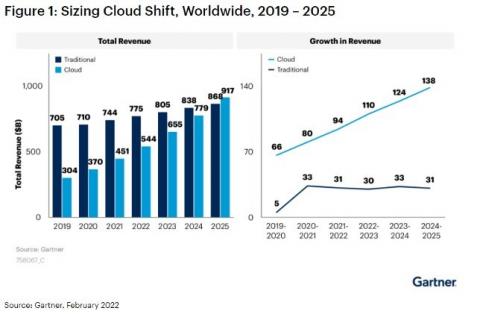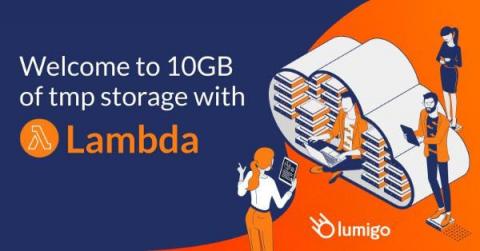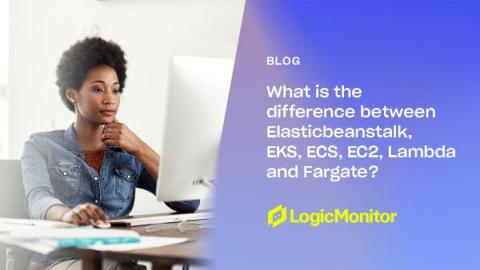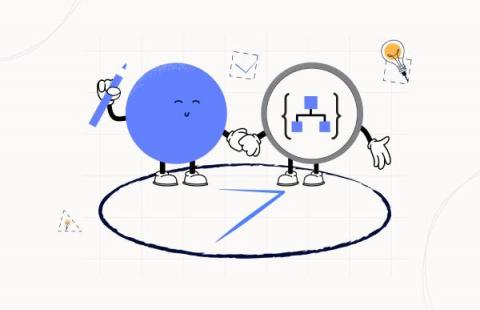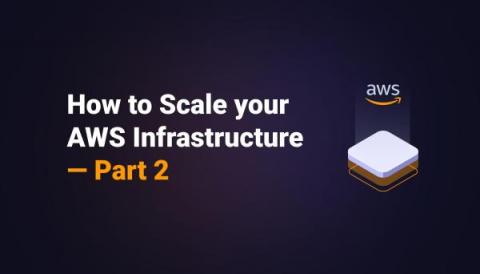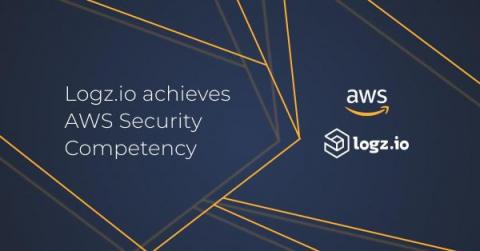Operations | Monitoring | ITSM | DevOps | Cloud
Cloud
The latest News and Information on Cloud monitoring, security and related technologies.
AWS Centralized Logging Guide
The key challenge with modern visibility on clouds like AWS is that data originates from various sources across every layer of the application stack, is varied in format, frequency, and importance and all of it needs to be monitored in real-time by the appropriate roles in an organization. An AWS centralized logging solution, therefore, becomes essential when scaling a product and organization.
What is RepliByte - Open-source cloud database synchronization tool
Do you have your hybrid cloud strategy all figured out?
Any new technological breakthrough tends to be greeted by two opposing factions. On one hand, you have promoters, for whom this technology is a panacea, the cure for every ailment plaguing the current environment.
Welcome to 10GB of tmp storage with Lambda
Every Lambda function comes with 512MB of ephemeral storage in the shape of a /tmp directory. This storage space can be reused across multiple invocations for the same instance of a Lambda function. Each instance of a function has its own /tmp directory and data is not shared amongst different instances of a function.
What Are the Differences Between Elastic Beanstalk, EKS, ECS, EC2, Lambda, and Fargate?
AWS Cost Allocation Tags Explained: When Should You Use Them?
Logic App Best practices, Tips and Tricks: #7 Learn from failures
How to Scale your AWS Infrastructure - Part 2
Partner Amplification - Logz.io Achieves AWS Security Competency
We’ve got some outstanding news to share in the arena of security partnerships: Logz.io® Cloud-based SIEM has officially achieved Amazon Web Services (AWS) Security Competency! This designation within the Logging, Monitoring, SIEM, Threat Detection, and Analytics category further demonstrates Logz.io’s proven commitment to delivering best-in-class security.


